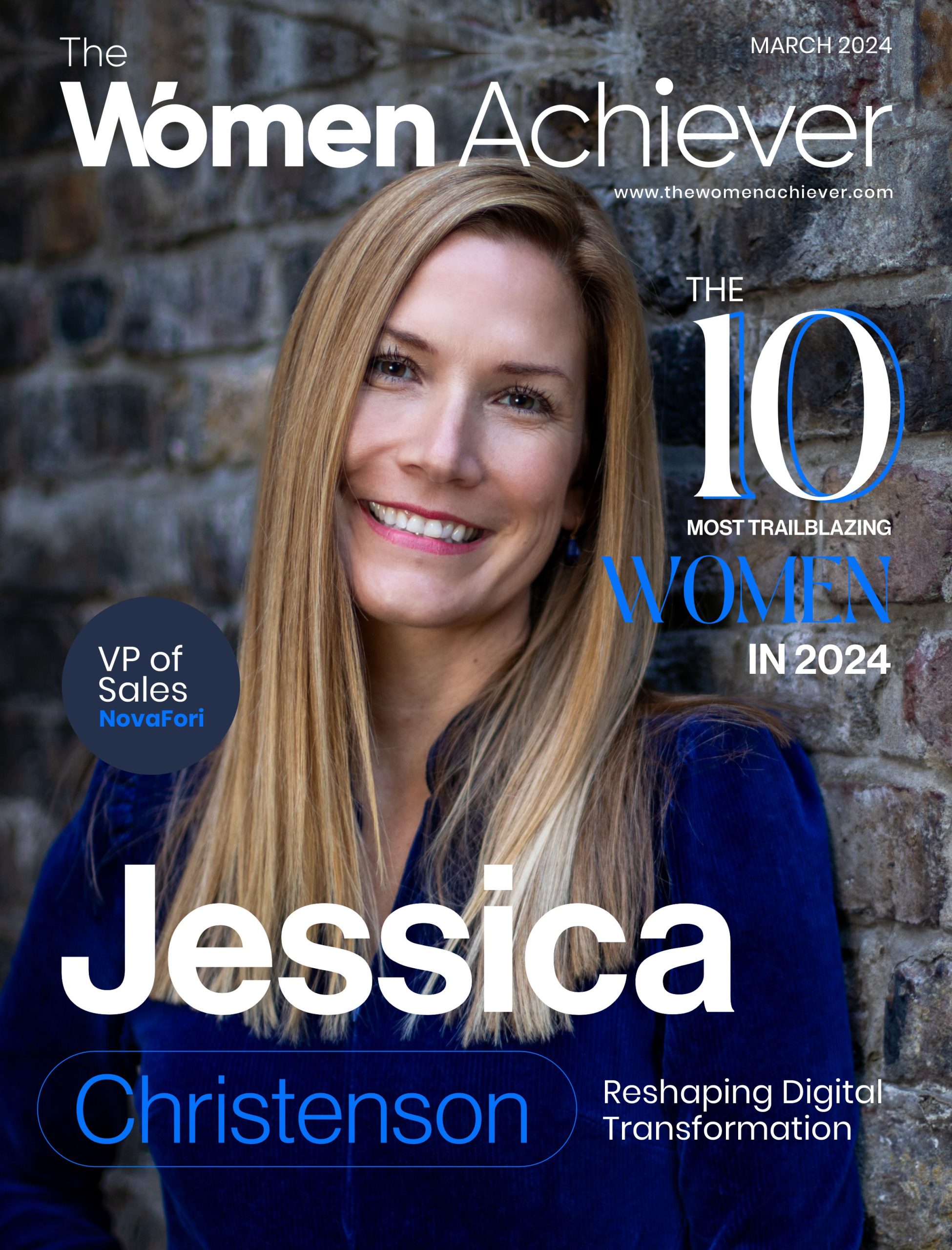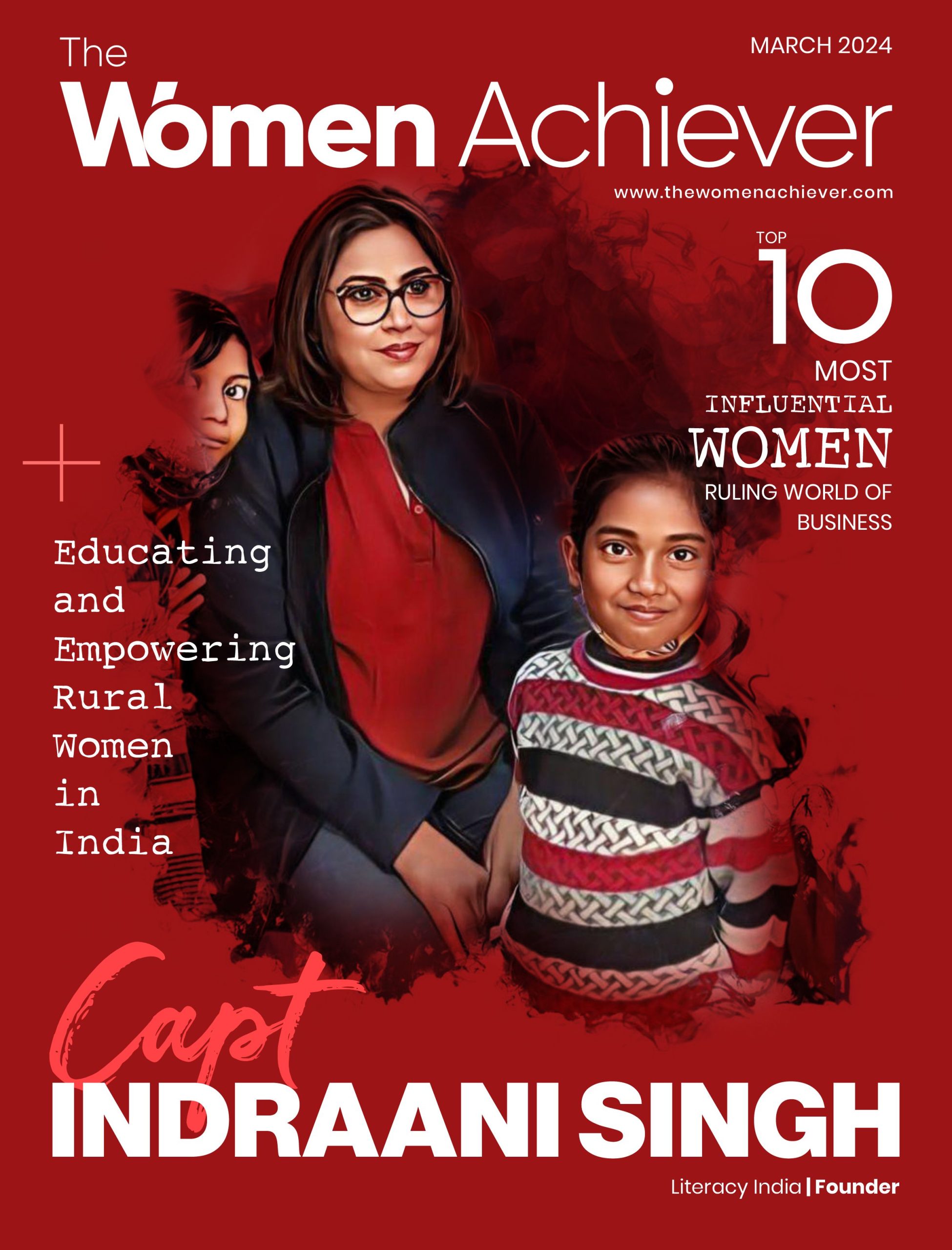Closing the gender gap and empowering more girls and women in the data science community
Closing the gender gap and promoting inclusivity are crucial requirements for realizing the full potential of the dynamic area of data science. The article “How to Encourage More Girls and Women in Data Science?” dives into a significant issue that the field is now facing. This insightful investigation reveals the obstacles that have prevented girls and women from pursuing data science professions and suggest practical solutions to motivate and empower them.
We can create a more creative and influential data science community where every ambitious girl and woman gets inspiration and support to succeed by combining the talents of many brains.
The study of data science has grown rapidly in recent years, revolutionizing information analysis and interpretation and propelling numerous industries. Even with recent development, women still have a disproportionately low presence in data science. It is crucial to address the gender gap and establish an inclusive environment supporting the involvement and success of girls and women in data science due to the enormous value varied views offer to the field.
The pervasive gender preconceptions and biases are among the most significant obstacles girls and women encounter when pursuing professions in data science. Girls may be discouraged from pursuing STEM (science, technology, engineering, and mathematics) careers, including data science, as early as elementary school due to cultural expectations and preconceived beliefs. It takes proactive measures from educators, parents, and influencers to spread the idea that data science is an accessible and fulfilling career option for everyone, regardless of gender, to break down these stereotypes.
A key factor in motivating ladies to investigate data science is education. Schools and universities can create diverse curricula highlighting data science’s fascinating uses in practical contexts. Young girls can overcome self-doubt and imposter syndrome by visualizing themselves as future data scientists by including varied role models and success stories of women in data science.
Additionally, networks of support and mentorship can be effective instruments for boosting girls’ self-confidence and dedication to the area. Making connections between girls and seasoned women data scientists through mentorship programs, internships, and networking opportunities can be a tremendous source of inspiration and assistance. Such campaigns can demystify the data science journey, provide insightful information about potential obstacles and career paths, and emphasize that success in the subject is possible with persistence and devotion.
It is crucial to address the underrepresentation of women in data science and the need for exposure to their contributions to the field. In addition to showcasing their knowledge, encouraging women to present at conferences, participate in panel discussions, and publish their findings motivates aspiring data scientists. In addition, gender biases can be challenged, and women’s efforts can be celebrated by emphasizing their accomplishments in the media and promoting them.
Additionally, businesses and organizations must actively work on hiring procedures to be inclusive and diverse. Creating diverse teams with women in leadership positions helps create a friendly and encouraging workplace for female data scientists. Furthermore, providing equal opportunities for advancement and leadership guarantees that brilliant women in the industry can rise and significantly improve their organizations.
Recognizing and tackling the difficulties experienced by individuals already pursuing jobs in the field is essential if we are to encourage more girls and women to pursue careers in data science. To increase retention and career advancement for women in data science, supportive and inclusive corporate cultures that encourage work-life balance, offer professional development opportunities, and mentorship and sponsorship can be created.
In conclusion, removing obstacles and fostering gender diversity within the sector is necessary for realizing the full potential of data science. The importance of enabling girls from a young age to explore their interests in data science and giving them the support and tools they need to pursue their hobbies is emphasized in the article “How to Encourage More Girls and Women in Data Science?” We can build a robust data science community that taps into the creativity and intelligence of people of all genders by encouraging diversity, recognizing women’s accomplishments, and providing circumstances that foster equality and growth.
Ultimately, we can secure a brighter and more inventive future for data science through communal efforts and shared dedication, with the voices and skills of girls and women playing a crucial part in influencing the world of tomorrow.










Add comment